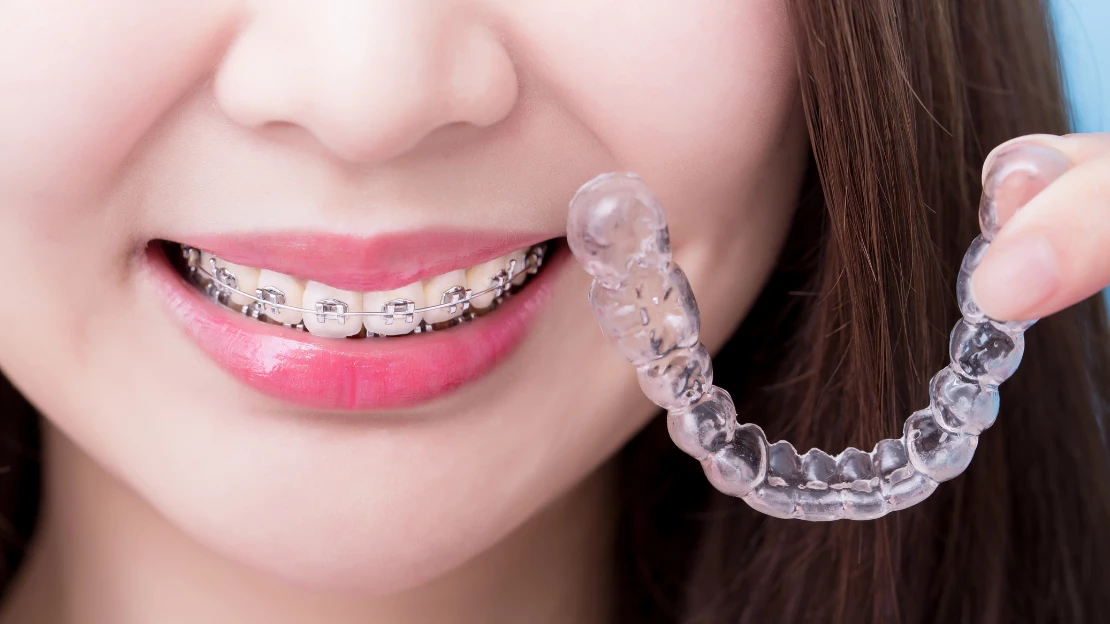Legacy Orthodontics for Dummies
Table of ContentsLegacy Orthodontics Things To Know Before You Get This5 Easy Facts About Legacy Orthodontics DescribedA Biased View of Legacy OrthodonticsLegacy Orthodontics Things To Know Before You Get ThisThe smart Trick of Legacy Orthodontics That Nobody is Talking About
In addition, we supply adjustable therapy timetables, flexible settlement choices and a fun, satisfying experience.An orthodontist is a dental professional trained to identify, prevent, and treat teeth and jaw irregularities. They fix existing problems and are trained to determine issues that may develop in the future. Orthodontists collaborate with individuals of all ages, from children to adults. People often link a perfect smile with health.
Malocclusion, or misaligned teeth, can result in dental problems, including tooth degeneration, periodontal condition, and tough or unpleasant eating. Yet not everybody is birthed with straight teeth. If you have a bad bite or large areas in between your teeth, you might wish to speak with a dental professional focusing on orthodontic care.
The Ultimate Guide To Legacy Orthodontics
( Photo Debt: DigitalVision/Getty Images) Orthodontists make use of fixed and detachable dental gadgets, like braces, retainers, and bands, to alter the position of teeth in your mouth. Orthodontic treatment is for dental problems, consisting of: Misaligned teethBite troubles, like an overbite or an underbiteCrowded teeth or teeth that are also far apartJaw misalignmentThe goal of orthodontic therapy is to boost your bite.
A healthy and balanced bite ensures you can eat, chew, and talk properly. While you might assume of orthodontists as primarily for youngsters or young adults who require dental braces, they can deal with oral issues at any age. Orthodontists attend university, oral school, and orthodontic institution. After college graduation, they invest 2 or 3 years in an orthodontic residency program.
All orthodontists are dentists, but not all dental experts are orthodontists. Orthodontic residency programs use intensive, concentrated direction for dental professionals. They focus on 2 locations: How to effectively and securely move teeth Just how to properly assist development in the teeth, jaw, and faceOnce an orthodontist has actually finished training, they have the option to come to be board certified.
The Definitive Guide to Legacy Orthodontics
Misalignment, or malocclusion, is one of the most usual reason individuals see an orthodontist. It is hereditary and is the result of size distinctions in between the upper and reduced jaw or in between the jaw and teeth. Malocclusion causes tooth overcrowding, a twisted jaw, or uneven bite patterns. Malocclusion is generally treated with: Your orthodontist connects metal, ceramic, or plastic square bonds to your teeth.
Some individuals need a headwear to aid relocate teeth right into line with pressure from outside the mouth. A retainer is a customized tool that keeps your teeth in area.
They can create added room in the mouth without having to draw teeth. Your Domain Name Orthodontists use cords, medical screws, or plates to sustain your jaw bone.
You may require to see an orthodontist if you have: Crowding or otherwise adequate space for all of your teethOverbite, when your top teeth come by your base teethUnderbite, when your bottom teeth are as well far forwardSpacing or problems with gapsCrossbite, which is when your upper teeth fit behind your base teeth when your mouth is closedOpen bite or a vertical void between your front base and upper teethMisplaced midline, when the center of your bottom and top teeth don't align Remedying a dental malocclusion can: Make biting, chewing, and speaking easierImprove the proportion of our face and your overall appearanceEase discomfort from temporomandibular joint disordersDifferent your teeth and make them easier to clean up, helping protect against dental caries or dental caries It's commonly a dental professional who initially notifications misaligned teeth throughout a routine test.
Rumored Buzz on Legacy Orthodontics

Throughout your very first orthodontic assessment, you'll likely have: A dental examPhotos taken of your face and smileDental X-raysPanoramic (360 level) X-rays of your face and headImpressions to produce molds of your teethThese examinations will help your orthodontist recognize how to proceed with your treatment. leesburg orthodontics. An orthodontist is a dental practitioner who's had training to treat your teeth and jaw
An orthodontist is concentrated on your bite, so something like a damaged tooth would be handled by a dental professional. Orthodontists are focused on your bite, or the means your teeth fit with each other, and the straightness of your teeth.
Ever asked yourself just how celebrities constantly appear to have perfectly aligned teeth? Orthodontists are oral specialists who focus on fixing abnormalities in the teeth and jaws.
A Biased View of Legacy Orthodontics

While dental braces are one of the most generally acknowledged orthodontic treatment, orthodontists have a varied toolkit at their disposal. The certain method chosen depends on the seriousness of the situation, the individual's age, and specific choices. These tried-and-true dental braces utilize a system of brackets adhered to the teeth and linked by wires.
Clear aligners, like Invisalign, are a popular choice for individuals looking for a more discreet therapy choice. These removable trays are personalized to considerably change the teeth's placement. Headgear might be used combined with dental braces or aligners to apply additional targeted pressures, specifically for dealing with jaw disparities. In instances of narrow jaws, palatal expanders can be utilized to create area for proper tooth alignment.